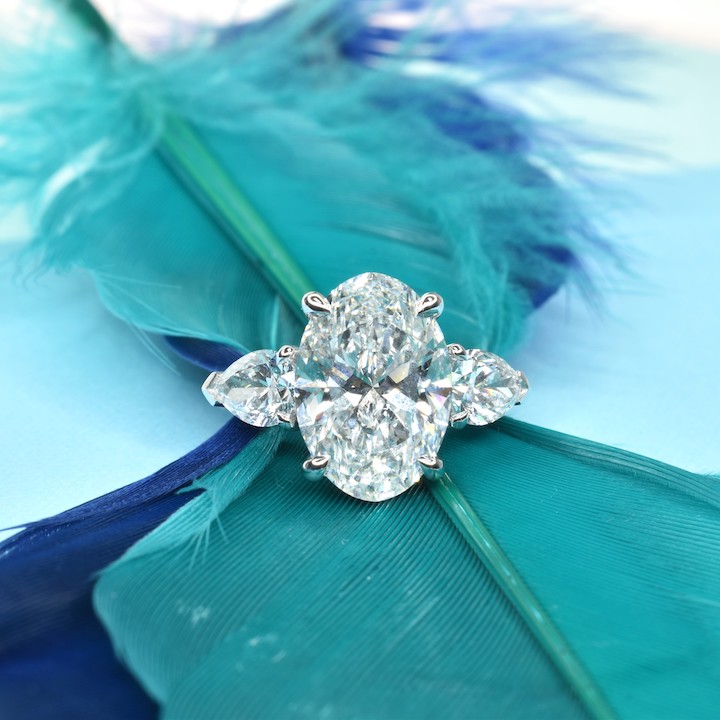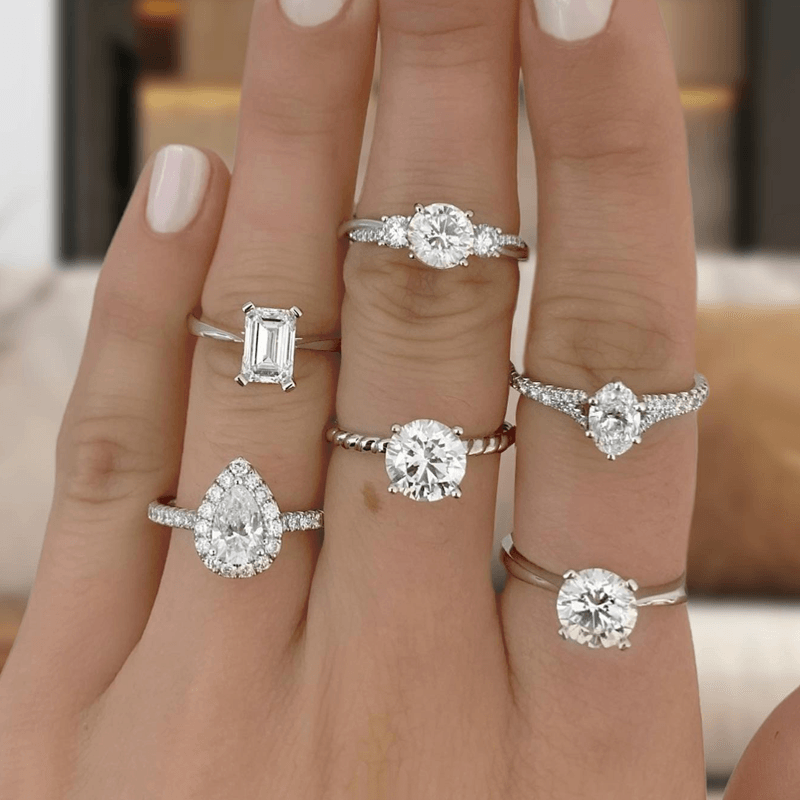Lab grown diamonds have revolutionized the jewelry industry by offering a sustainable and ethically sound alternative to natural diamonds. They are created in laboratories under controlled conditions that mimic the natural diamond formation process. These diamonds possess the same physical, chemical, and optical properties as mined diamonds but are typically priced lower due to their production method.
Introduction
In recent years, the popularity of buy lab grown diamonds has surged as consumers seek more sustainable and ethical options when purchasing luxury goods. This article explores the concept of lab grown diamonds, their benefits over natural diamonds, factors to consider when buying them, where to purchase, and tips for making an informed decision.
What are Lab Grown Diamonds?
Understanding the Process of Creation
Lab grown diamonds are created using two primary methods: High Pressure High Temperature (HPHT) and Chemical Vapor Deposition (CVD). In HPHT, a small diamond seed is exposed to high pressure and temperature conditions that allow carbon atoms to crystallize and form a larger diamond. CVD involves creating a plasma ball of gases that break down and deposit carbon atoms onto a diamond substrate, gradually forming a diamond crystal.
Key Differences from Natural Diamonds
While natural diamonds form over millions of years deep within the Earth’s mantle, lab grown diamonds are manufactured in weeks to months. Despite this difference in origin, lab grown diamonds exhibit identical physical and chemical properties to natural diamonds, including hardness, brilliance, and fire.
Benefits of Buying Lab Grown Diamonds
Ethical Considerations
One of the primary reasons consumers choose lab grown diamonds is their ethical appeal. Unlike natural diamonds, which may have unclear or unethical sourcing practices associated with them, lab grown diamonds are conflict-free and do not contribute to issues such as forced labor or environmental degradation.
Environmental Impact
The environmental footprint of lab grown diamonds is significantly smaller compared to mined diamonds. The controlled lab environment minimizes energy use, land disturbance, and water consumption, making them a more sustainable choice for environmentally conscious buyers.
Cost-Effectiveness
In general, lab grown diamonds are priced lower than natural diamonds of comparable size and quality. This affordability allows consumers to purchase larger or higher quality diamonds within their budget, offering better value for money.
Factors to Consider Before Buying
Quality Standards and Certifications
When purchasing lab grown diamonds, it’s crucial to look for certifications from reputable gemological laboratories such as the Gemological Institute of America (GIA) or International Gemological Institute (IGI). These certifications assure buyers of the diamond’s authenticity and quality.
Available Shapes and Sizes
Lab grown diamonds are available in a variety of shapes and sizes, ranging from classic round brilliants to fancy shapes like princess cut, emerald cut, and pear shape. Understanding the available options can help buyers choose a diamond that suits their preferences and jewelry design.
Comparison with Natural Diamonds
While lab grown diamonds offer many advantages, they may not hold the same sentimental or investment value as natural diamonds for some buyers. It’s essential to weigh personal preferences and considerations when making a purchasing decision.
Where to Buy Lab Grown Diamonds
Reputable Retailers and Brands
Several established jewelry retailers and brands specialize in lab grown diamonds. It’s advisable to purchase from reputable sources that provide transparency about their diamond origins, manufacturing process, and offer warranties or guarantees.
Online vs. Physical Stores
Buyers have the option to purchase lab grown diamonds online or from physical stores. Online retailers often provide a wider selection and competitive pricing, while physical stores allow buyers to examine diamonds in person before making a purchase.
Making the Right Choice: Tips for Buyers
Setting a Budget
Before shopping for lab grown diamonds, determine a realistic budget based on the desired size and quality of the diamond. Setting a budget helps streamline the selection process and ensures that buyers find a diamond that meets their financial expectations.
Understanding Diamond Specifications
Familiarize yourself with the 4Cs of diamonds: cut, color, clarity, and carat weight. These specifications influence the diamond’s appearance and value. Choosing the right combination of 4Cs ensures that buyers select a diamond that meets their aesthetic and budgetary preferences.
Warranty and Return Policies
Review the retailer’s warranty and return policies before purchasing a lab grown diamond. A reputable seller should offer clear terms regarding returns, repairs, and warranties to provide buyers with peace of mind.
Caring for Lab Grown Diamonds
Cleaning and Maintenance Tips
To maintain the brilliance and beauty of lab grown diamonds, clean them regularly using a soft brush and mild detergent solution. Avoid exposing diamonds to harsh chemicals or abrasive materials that can damage their surface.
Long-term Durability
Lab grown diamonds are exceptionally durable and resistant to scratching or abrasion. With proper care and maintenance, they can retain their luster and sparkle for a lifetime, making them ideal for everyday wear.
Common Myths about Lab Grown Diamonds
Durability and Value
Contrary to misconceptions, lab grown diamonds are as durable and valuable as natural diamonds. They undergo rigorous testing and certification processes to ensure quality and authenticity.
Perception in the Jewelry Market
Some consumers believe that lab grown diamonds lack prestige or desirability compared to natural diamonds. However, as awareness grows about their benefits, more buyers are embracing lab grown diamonds for their ethical and environmental advantages.
The Future of Lab Grown Diamonds
Technological Advancements
Ongoing advancements in diamond growing technology continue to improve the quality and yield of lab grown diamonds. Future innovations may lead to even more sustainable and cost-effective production methods.
Consumer Trends and Preferences
As sustainability becomes a driving force in consumer choices, the demand for lab grown diamonds is expected to rise. Younger generations, in particular, prioritize ethical considerations when making purchasing decisions, favoring products that align with their values.
Conclusion
In conclusion, buying lab grown diamonds offers consumers a responsible and sustainable way to enjoy the beauty and luxury of diamonds without ethical concerns or environmental guilt. By understanding the process of creation, benefits, factors to consider, and where to buy, buyers can make informed decisions that align with their values and preferences.
For those seeking a modern alternative that combines luxury with sustainability, lab grown diamonds represent a compelling choice in today’s jewelry market.














